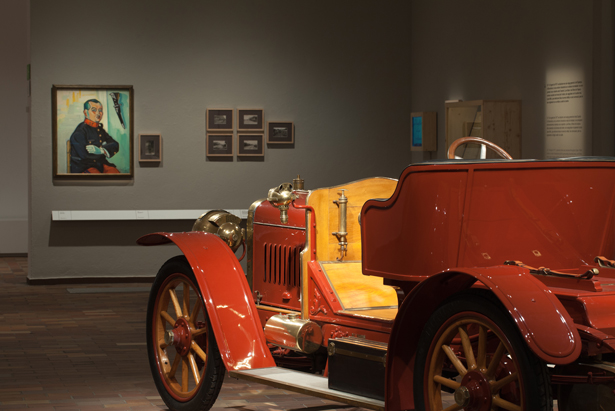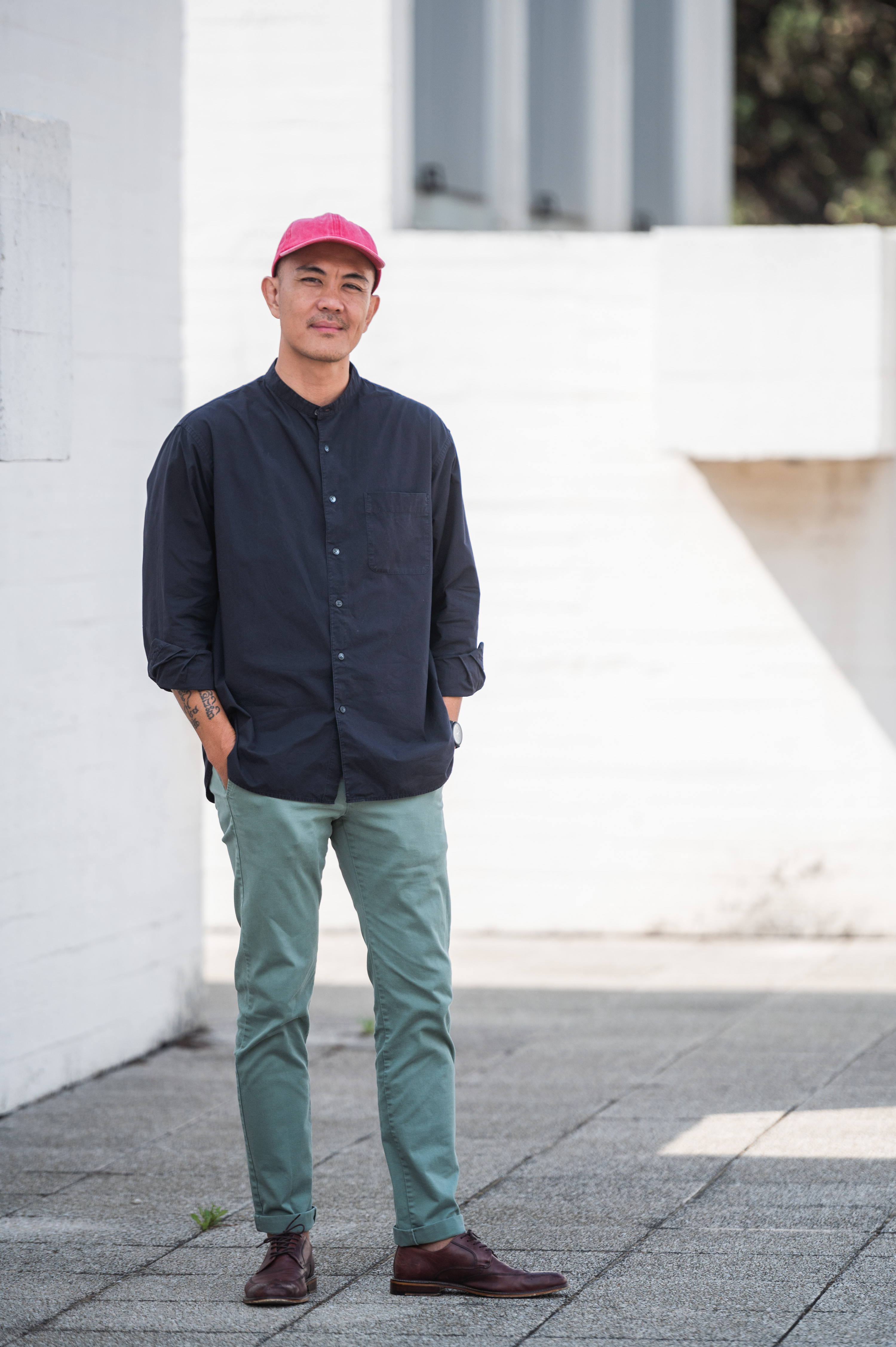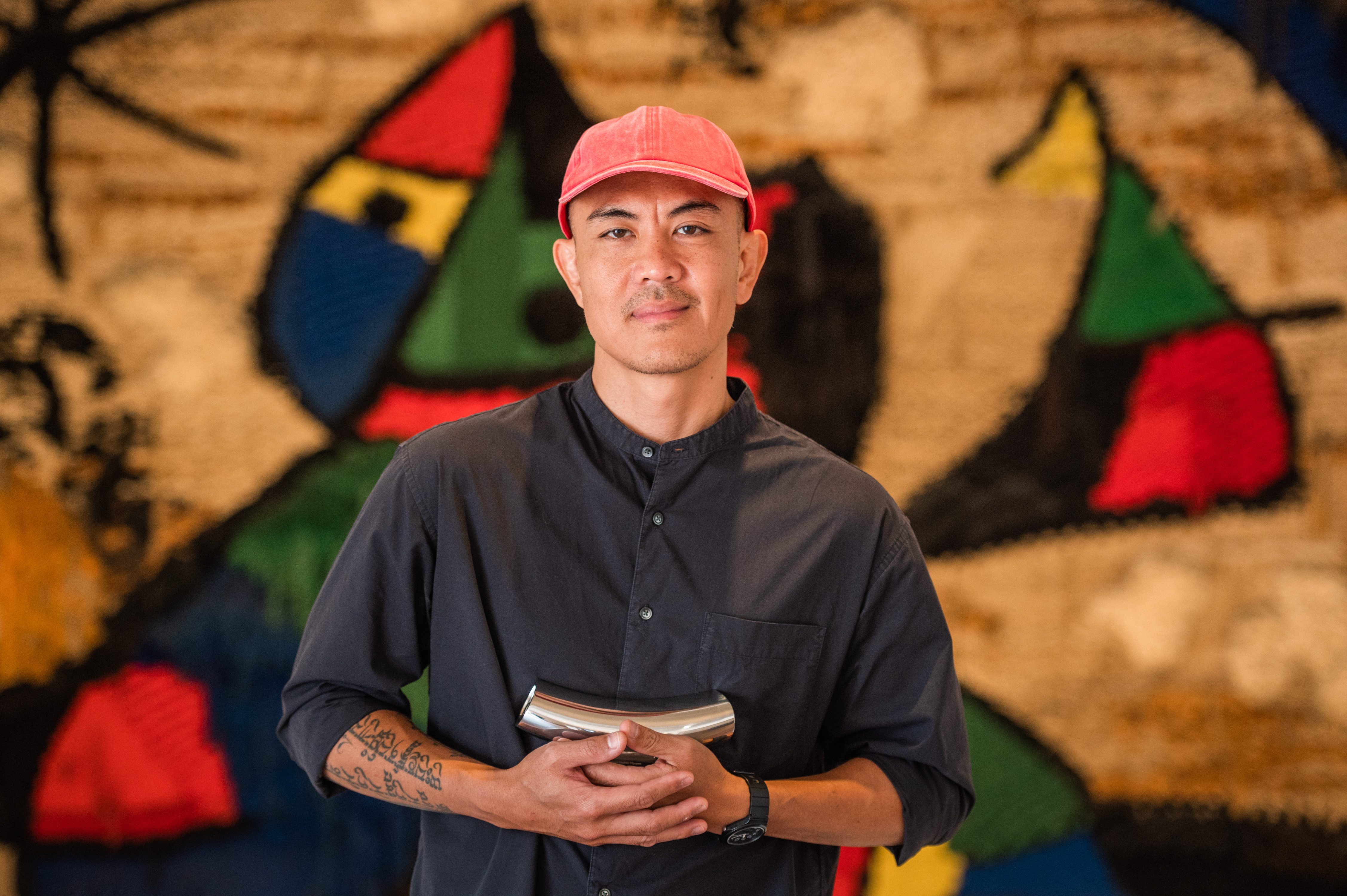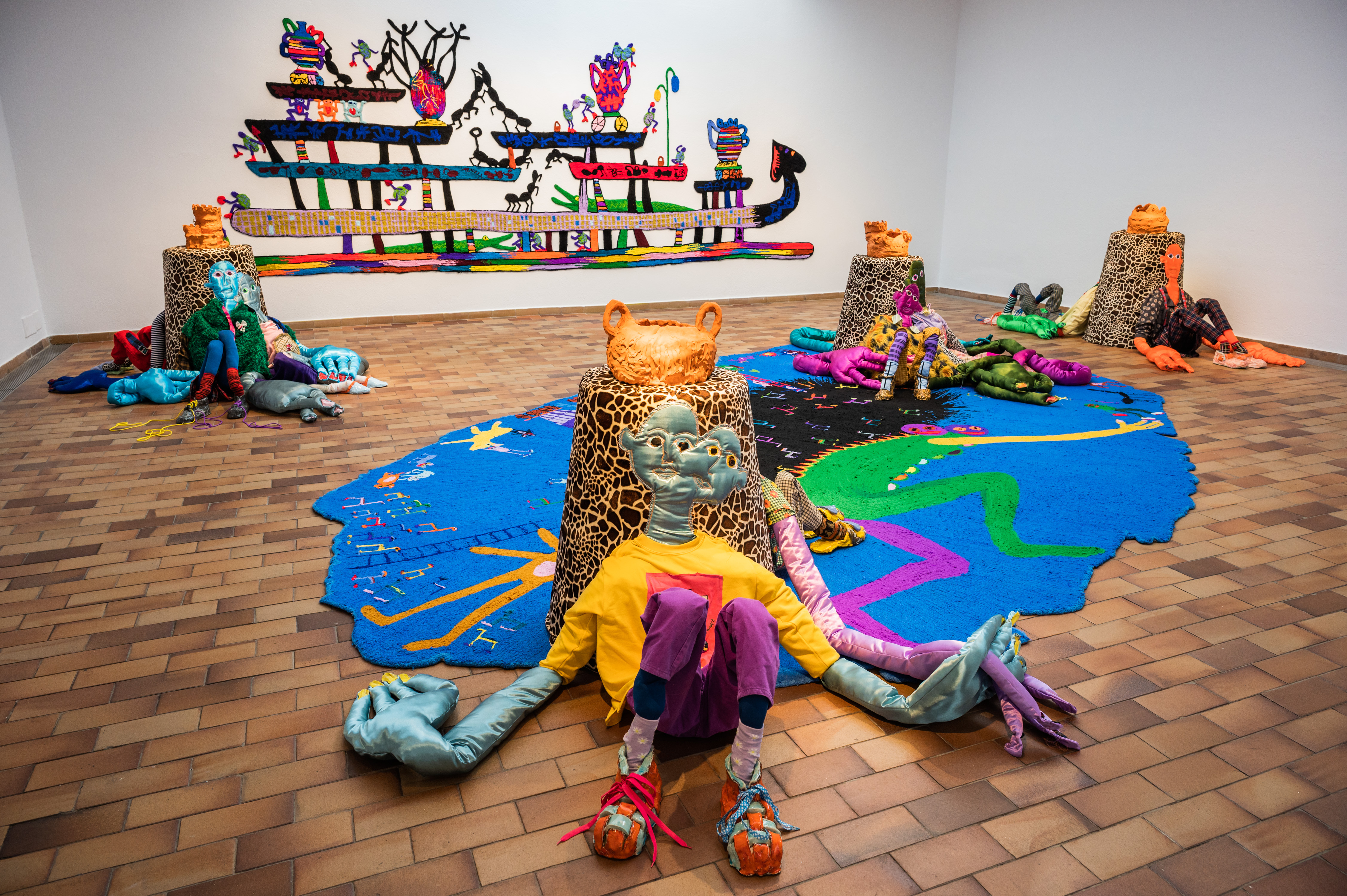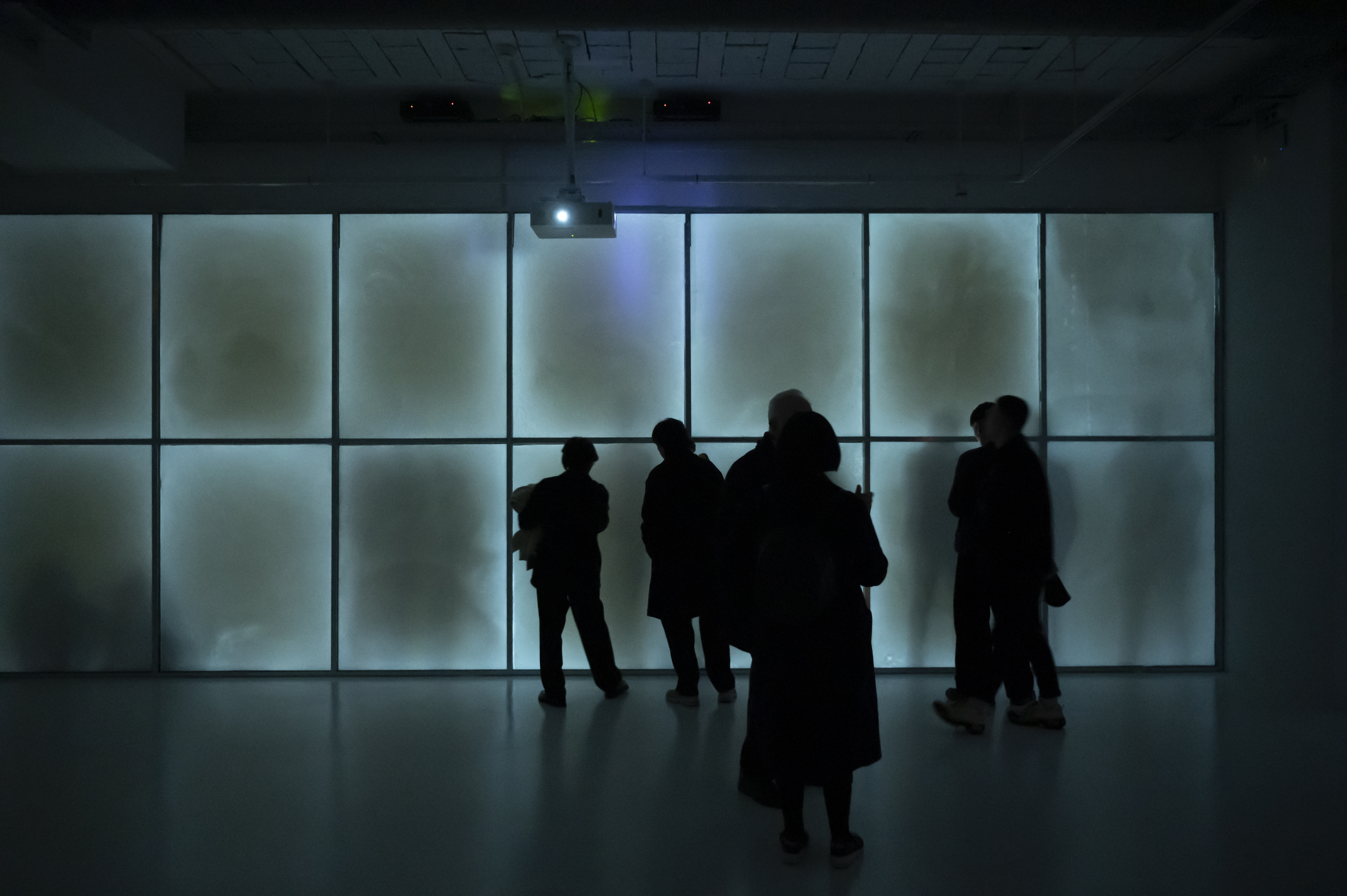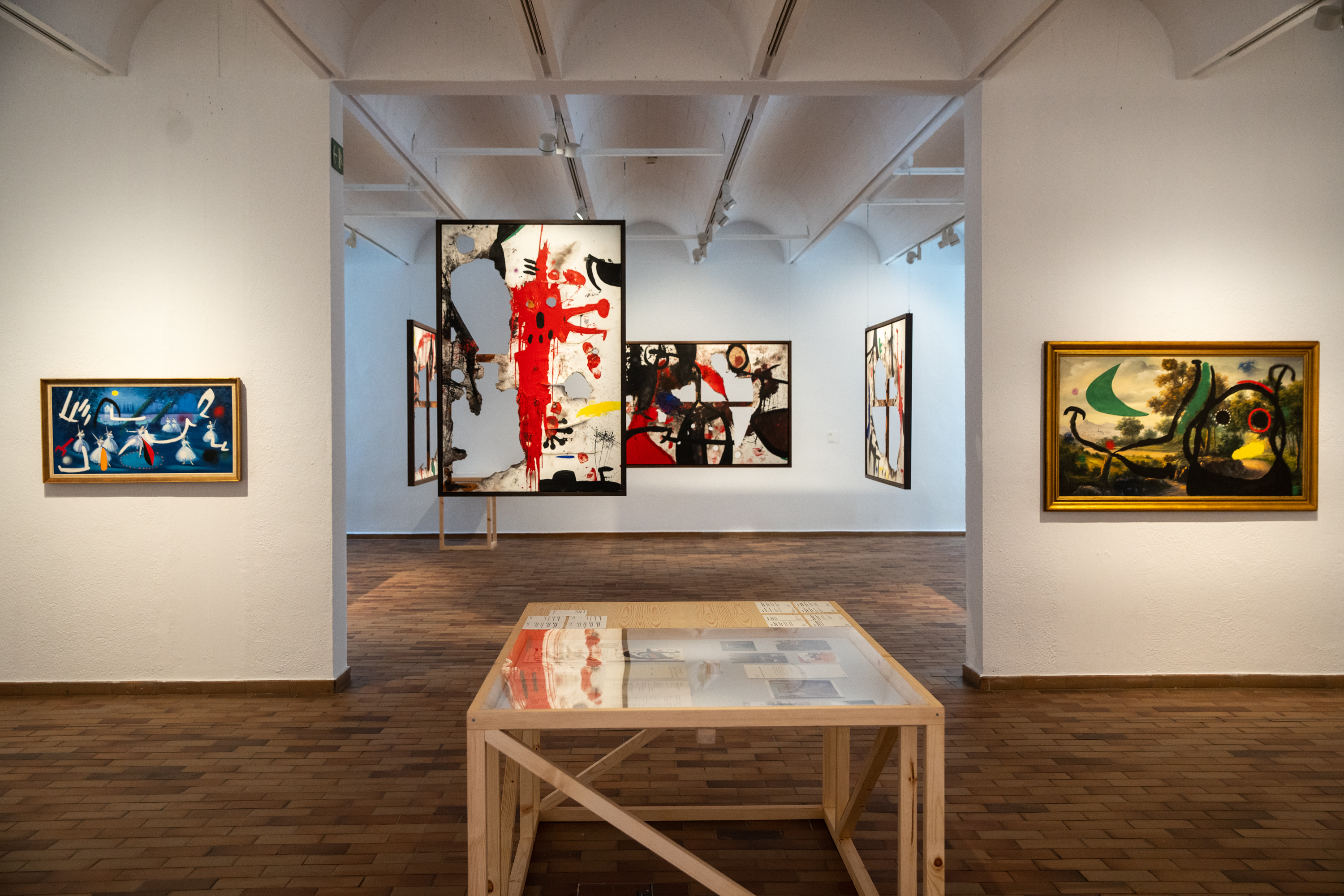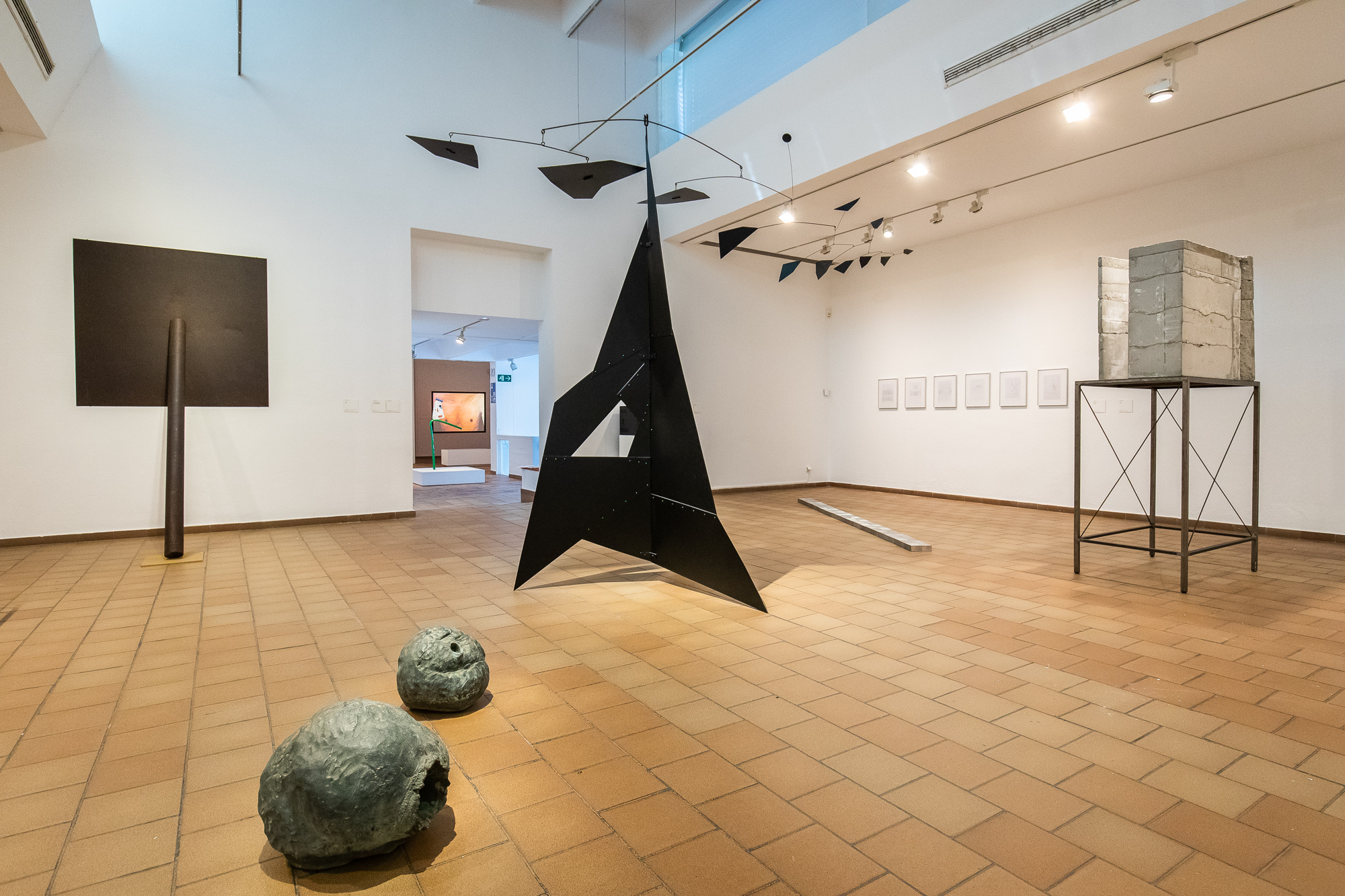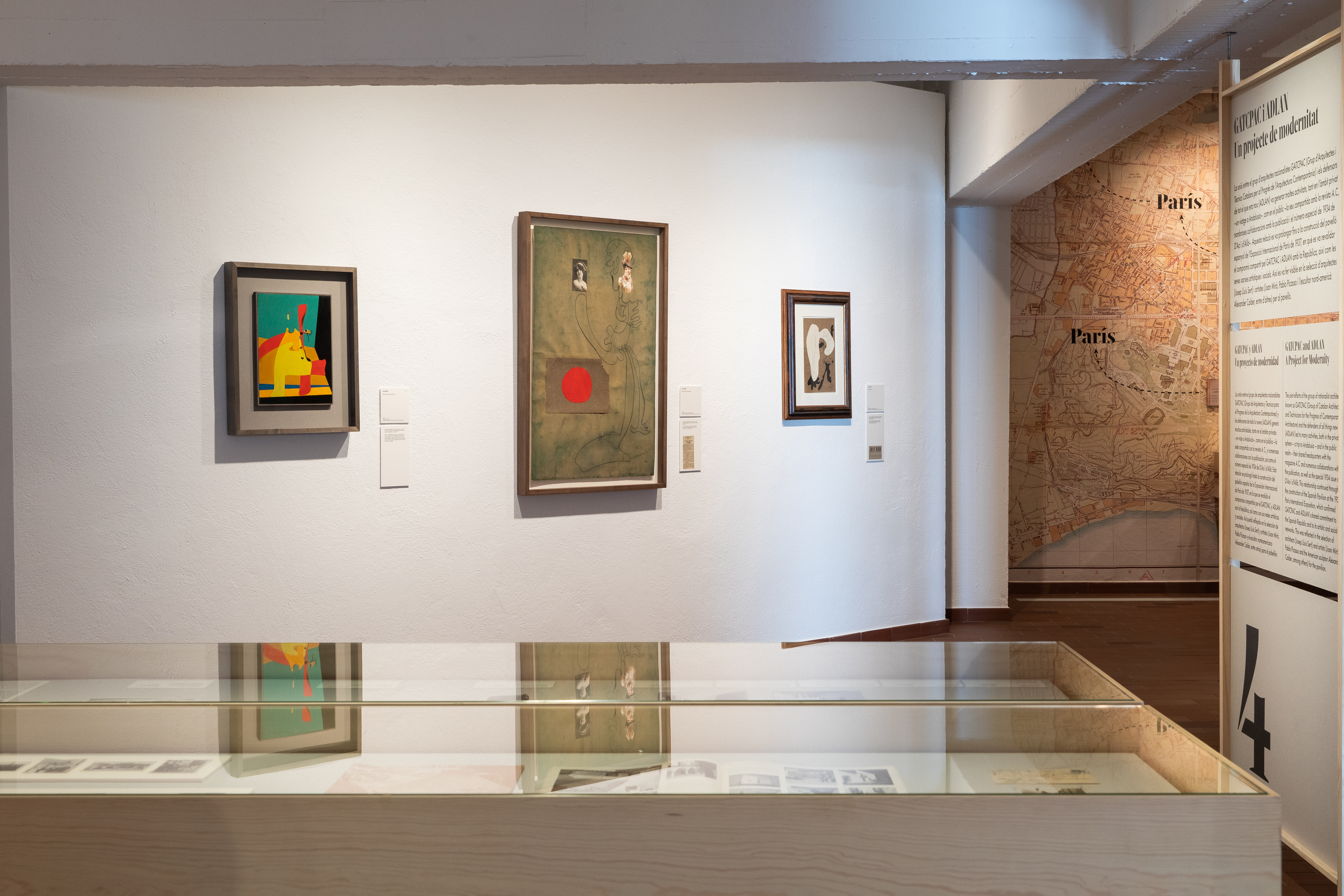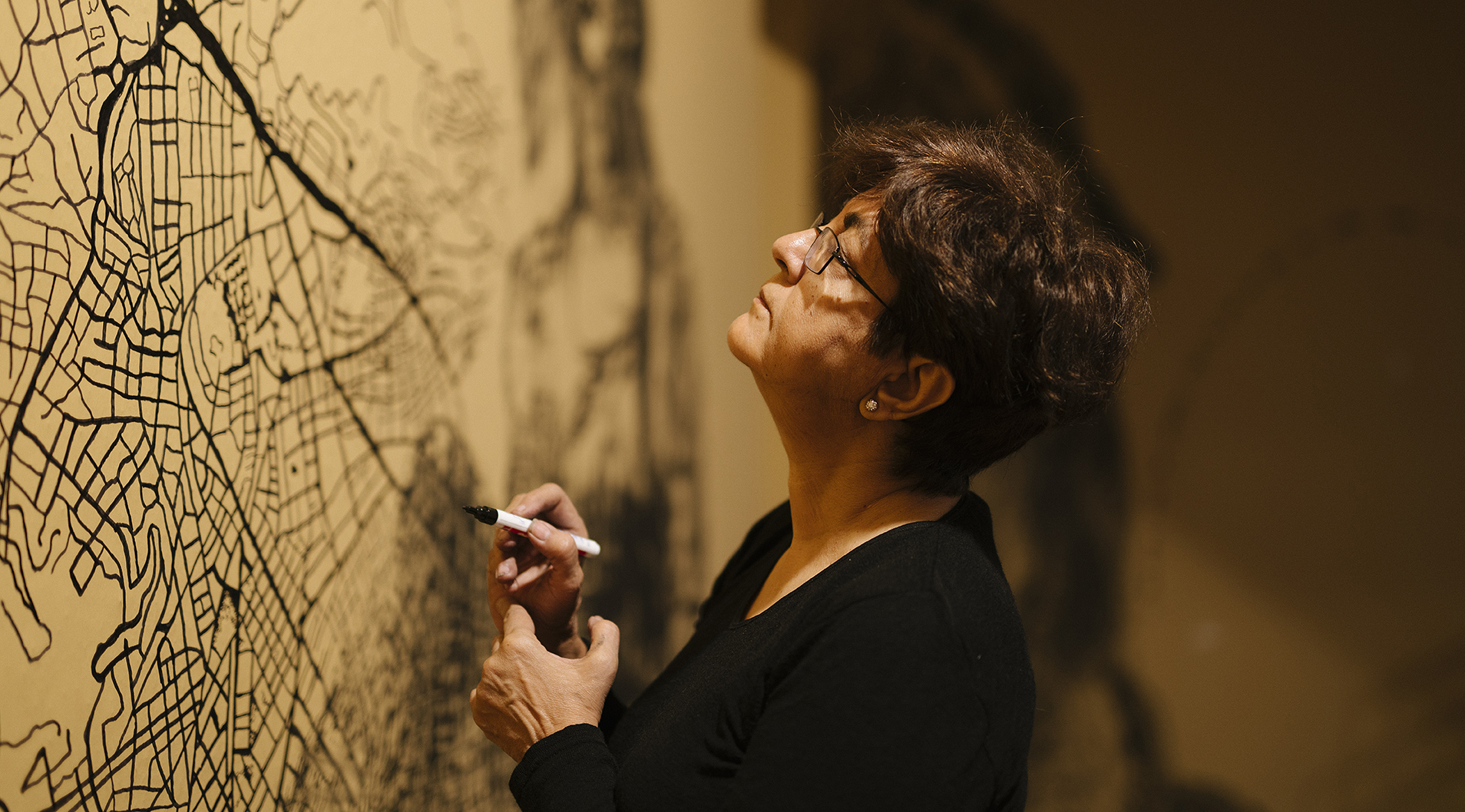Barcelona, Neutral Zone (1914–1918)
25 October 2014–15 February 2015
Fundació Joan Miró
Parc de Montjuïc
08038 Barcelona
Spain
Curated by Fèlix Fanés and Joan M. Minguet
The Fundació Joan Miró presents Barcelona, Neutral Zone (1914–1918), an exhibition dedicated to the transformation of Barcelona during the First World War, when the city entered modernity against a backdrop of political, social and cultural tensions.
To reconstruct the visuality of that period, curators Fèlix Fanés and Joan M. Minguet have selected almost 500 items, by 70 different artists, including paintings, sculptures, drawings, films, photographs, related objects and documents.
Barcelona, Neutral Zone (1914–1918), which runs until 15 February 2015 and is sponsored by the Fundación BBVA, presents artworks by Picabia, Miró, Picasso, Delaunay, Gleizes and Torres-García, among others, alongside original press and poster materials dating from that period. Some artworks are publicly exhibited for the first time, including drawings by Josep Clarà, Apa, and Picarol, and photographs by Josep Brangulí.
While much of Europe was embroiled in military conflict, neutral Barcelona witnessed numerous cultural, economic, political, labour and social changes. The complexity and the tensions during this period were no longer just expressed in writing or through conventional artworks. They were also captured visually through photography and film, meaning that they could reach a large part of the population, as we can see in the nine interconnecting spaces that articulate the exhibition discourse, as follows:
The Great War focuses on military conflict. It includes paintings by Léger, Kubin, Heckel and Nash, photographs of the dead and wounded at the front, and propaganda documents.
Modernity and the Avant-Garde offers an overview of the artistic vitality of Paris and its influence on Catalan artists. Cézanne’s work, for instance, made an impression on Sunyer, who in turn influenced Miró and Togores.
Bourgeois and Proletarians shows the first major strikes. As Barcelona entered industrial modernity, it became the capital of anarchism and international socialism. The first generation of photojournalists such as Brangulí and Ballell captured the lives and possessions of the rising bourgeoisie in stark contrast to the working class.
Barcelona and the War portrays tensions between sympathisers of the Allies and those who supported the German army, with abundant propaganda from both sides. In this section, the show presents unpublished drawings by Catalan sculptor Josep Clarà, who captured life in the trenches during a trip to the front by Catalan intellectuals.
The City of Ivory refers to the idealism of noucentisme in contrast to the city’s nightlife. Artworks by Clarà and Obiols have their counterpoint in the drawings of Passarell and Picarol and Opisso’s erotic books.
In 1917, as a result of the war, the Paris salons were exceptionally held in Barcelona. Around 1,400 artworks were shown, including pieces by Pissarro, Rodin, Sisley and Denis. Some of them were acquired by Catalan collectors during that period and are now exhibited publicly for the first time since 1917.
The work of Picabia, Gleizes, Otho Lloyd, Robert and Sonia Delaunay, and Olga Sacharoff can be found in the room called Exiles. These artists settled in Barcelona escaping from the war.
There is also a room dedicated to Picasso’s return to Barcelona in 1917. Picasso was following the Ballets Russes, where his future wife Olga Koklova was a dancer. This section shows his set designs for the ballet Parade, and some of his artworks produced during this period.
The exhibition closes with a room focusing on leisure, consumerism and mass culture that highlights sporting events, amusement parks, bullfights, circus shows and film. It includes the projection of the first anti-war comedy of the 20th century, Charles Chaplin’s Shoulder Arms.
Exhibition organised by
Fundació Joan Miró
Exhibition sponsored by
Fundación BBVA
Catalogue published by
Fundació Joan Miró
With texts by Enric Ucelay-Da Cal, Robert S. Lubar, Pere Gabriel, Joan Esculies and David Martínez Fiol, Xavier Pla, Jaume Vidal Oliveras, Pascal Rousseau, Christopher Green and Jordana Mendelson
Available in Catalan/English and Spanish/English

